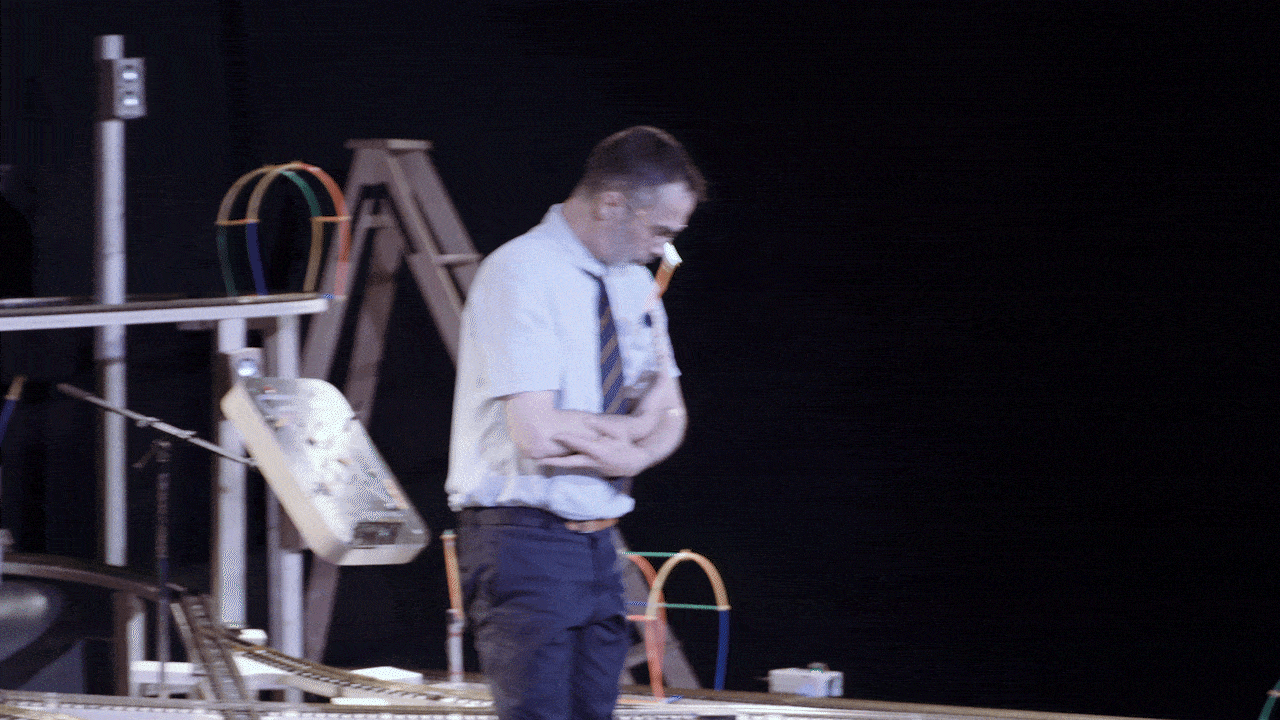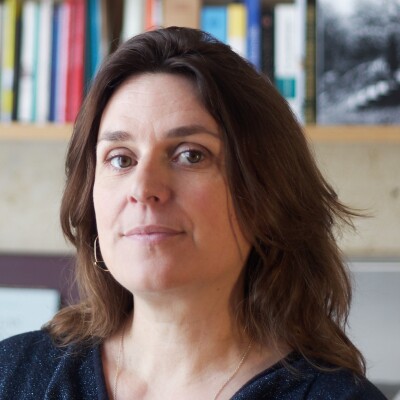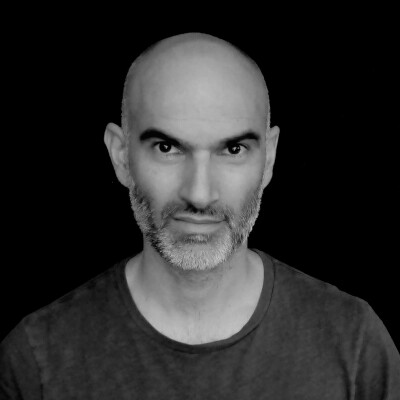 Who are Céline Garnavault and Thomas Sillard?
Who are Céline Garnavault and Thomas Sillard?
Thomas Sillard is a sound plastician and designer of objects and techno-homemade devices. Céline Garnavault is an author, director, and interpreter; she invents shows where objects and humans can meet.
Together, you create a "theater of techno-homemade sound objects": what does that mean for novices? :)
It is a theater made from objects that we give life to through technology and sound, in a way of thinking close to DIY, in the sense of making do with what is at hand, empirically, with curiosity and a sincere attention to the objects and what they offer us.
The result is shows that are like experiences, between puppet arts, sound arts, theater, music, digital arts, and immersive installations to invite dialogue and play!
All the technical and technological aspects of your work are fascinating, especially since they do not prevent people from feeling a deep empathy for your objects... What kind of relationship do you want to build with the public?
Our objects are indeed technological, but they are primarily tools, and what we choose to create with these tools is relationship, dialogue, and emotion.
For example, in BAD BLOCK our latest (2024), we choose to embed intuition, randomness, and collective intelligence - which works by bouncing imaginations off one another - at the heart of the experience with the public. These objects will indeed connect us, and the show includes a time for exchange and expression from the audience that is an integral part of its writing.
There is also humor and a lot of play in the shows you offer...
Yes, because play is a serious thing! We embrace this process of approaching our work in an empirical, concrete, and playful way, and that is precisely what we love to share with the public: this taste for play and joy that connects us so spontaneously to one another.
You place a great emphasis on research in your work?
You have to imagine that we build our technological devices ourselves from A to Z! Our first research laboratory around techno-homemade sound objects started in 2016 and has never stopped since.
In 2023, we started a long-term collaboration with a French researcher, Emma Mérabet, who works on the question of "de-anthropocentric" scenes.
We also collaborate with two researchers across the Atlantic: the Franco-Canadian artist Dinaïg Stall (puppet arts) and the Canadian Julie Michèle Morin (robotics on stage) through the FORMES group at UQAM Montreal, which studies puppet processes, relationships, and forms.
Together we are conducting a three-year research project titled: LISTENING TO OBJECTS.
Creating ecosystems populated by living sound objects and humans, placing relationship, empathy, and listening at the center of our projects to invent new forms of collaboration, and to experiment with a theater of affective resonance: this is a precious engine for imagining our shows of tomorrow!
What are the other current events of the company?
We will celebrate in October 2025 the release of LA TÊTE, a geek concert for a half-tire half-punk machine. In this concert format, LA TÊTE, a new techno-homemade creature by Thomas Sillard, will be surrounded by 9 giant robotic mouths as choristers, with a setlist of original songs composed specifically by the prolific Kim Giani. This creation is supported in production by SACEM.
We are preparing our future creation AFFECTS (November 26) which will mix robotics, sound arts, theater, and contemporary animated forms. In AFFECTS, emotions will be materialized into an assembly of homemade electronic objects, soldered, tangible, vulnerable, ambiguous, sometimes funny, and often clumsy; they will raise questions about cohabitation with what burdens us, overflows us, but also shapes us.
An English version of BAD BLOCK is currently in preparation, indeed the 2025 laureate of the PARI! pathway supported by the Ministry of Culture and the French Institute, the company wishes to develop its artistic presence internationally.
Our shows BLOCK and TRACK continue their tours with beautiful highlights such as the Théâtre du Châtelet in October 2025 for TRACK.
We also created an interactive EXPO last season that is scheduled in parallel with our shows, this season in Albi and at the Noob festival in Pont-Audemer.
The company La Boîte à sel is associated for 3 seasons (23/24 - 24/25 - 25/26) with l'Espace Jéliote - National Center for Puppetry of Oloron Sainte Marie (64), with L'Hectare - National Center for Puppetry of Vendôme (41) and at Théâtre des 4 Saisons de Gradignan (33).
 Who are Céline Garnavault and Thomas Sillard?
Who are Céline Garnavault and Thomas Sillard?

